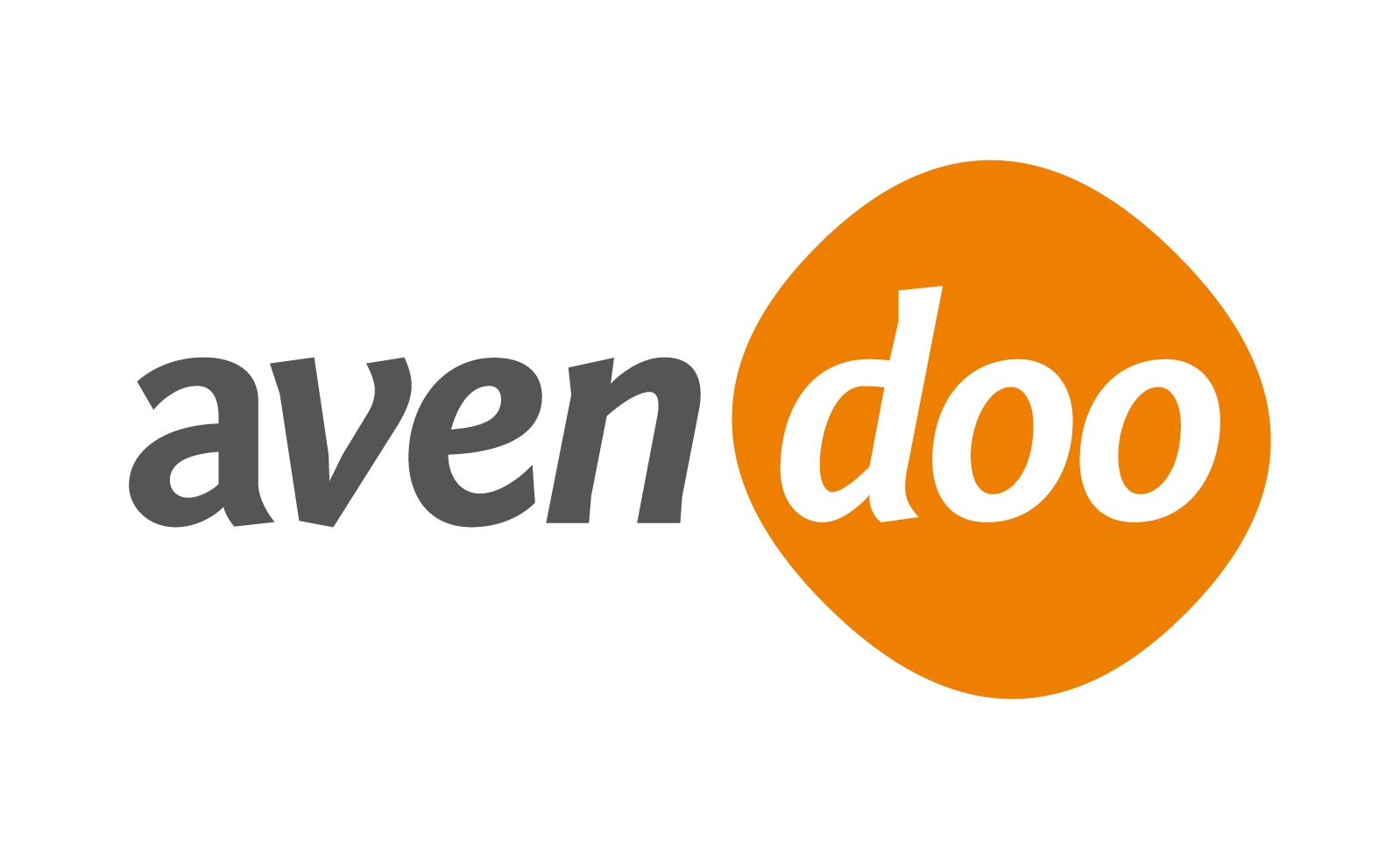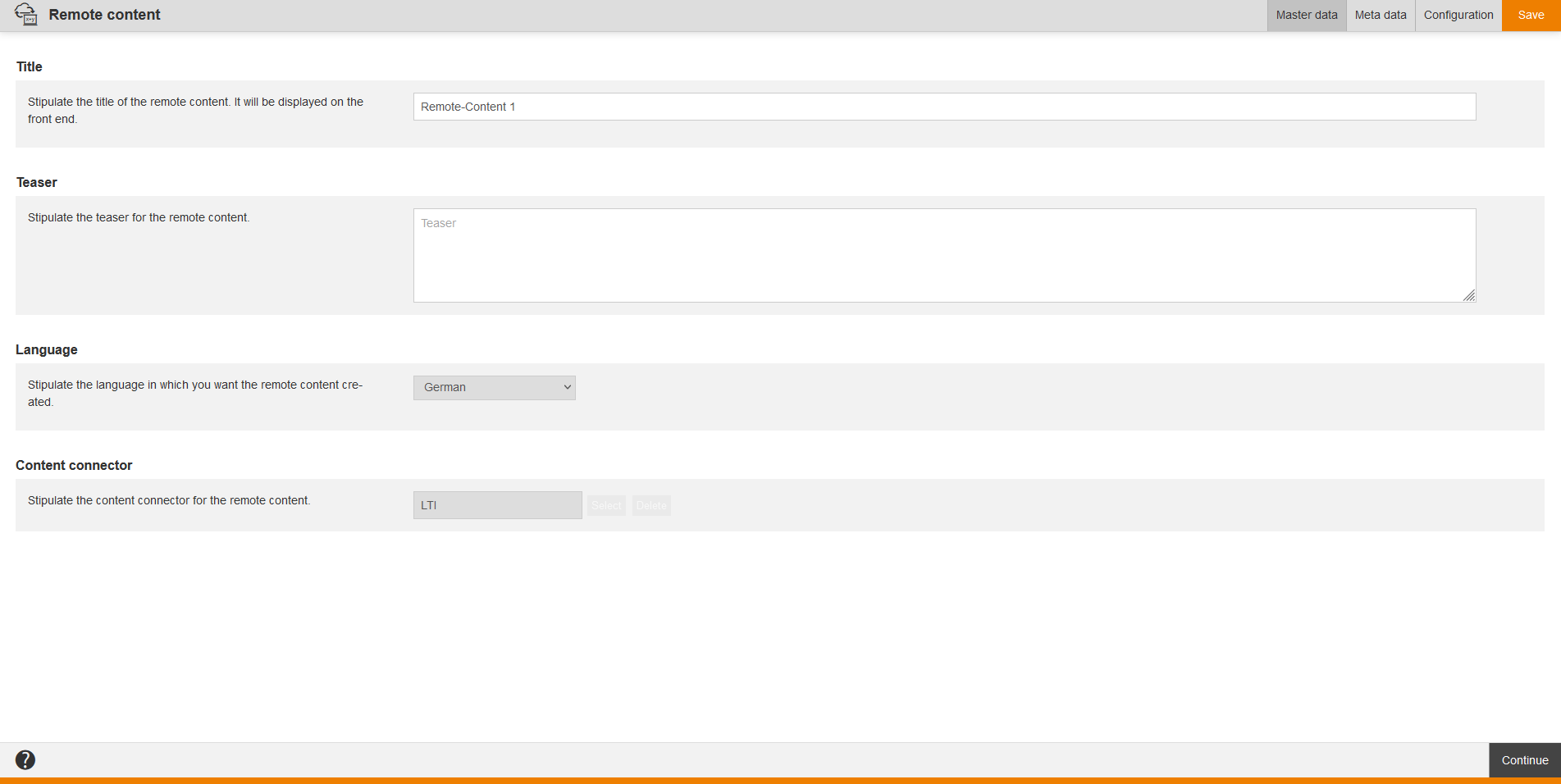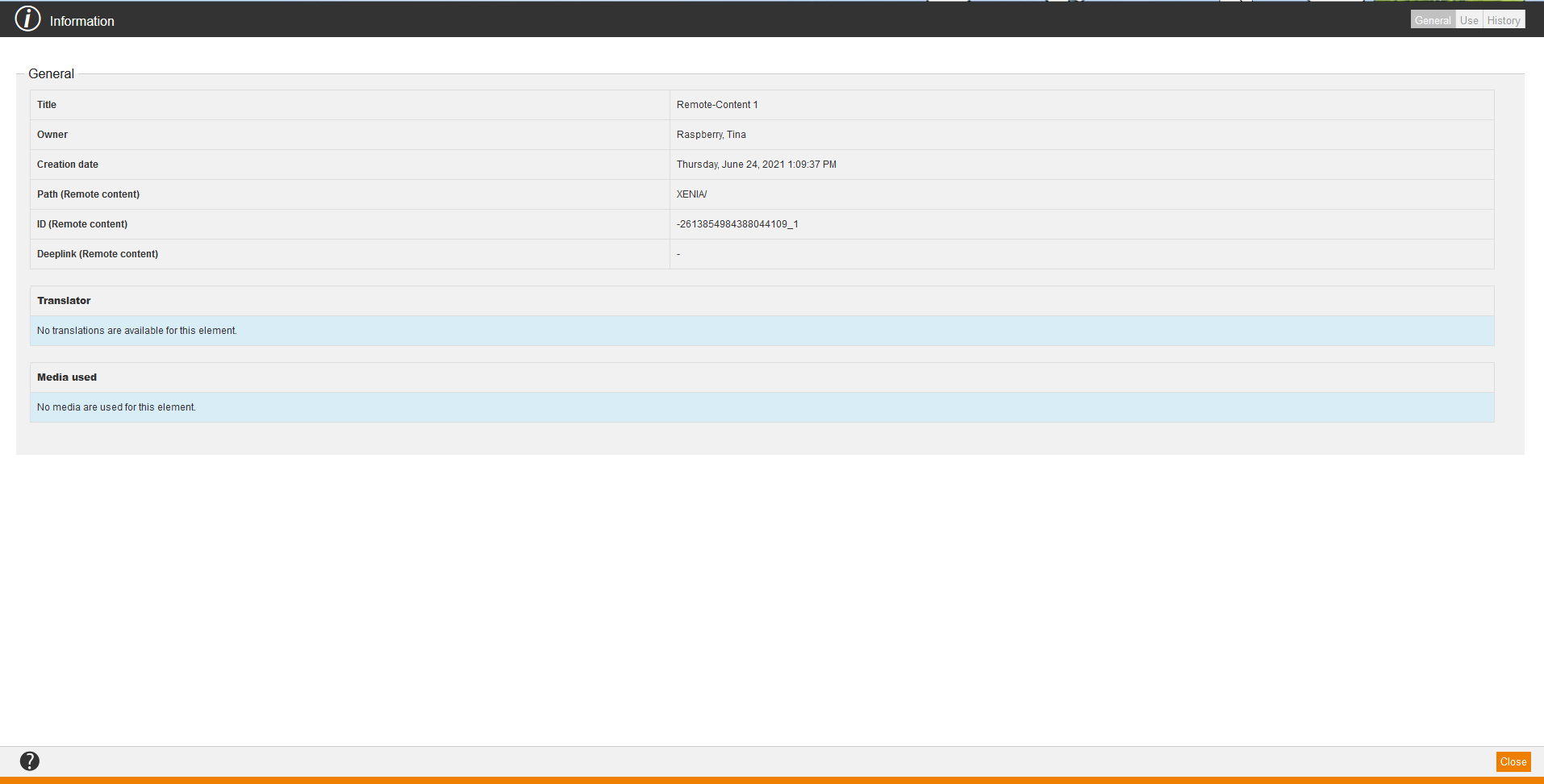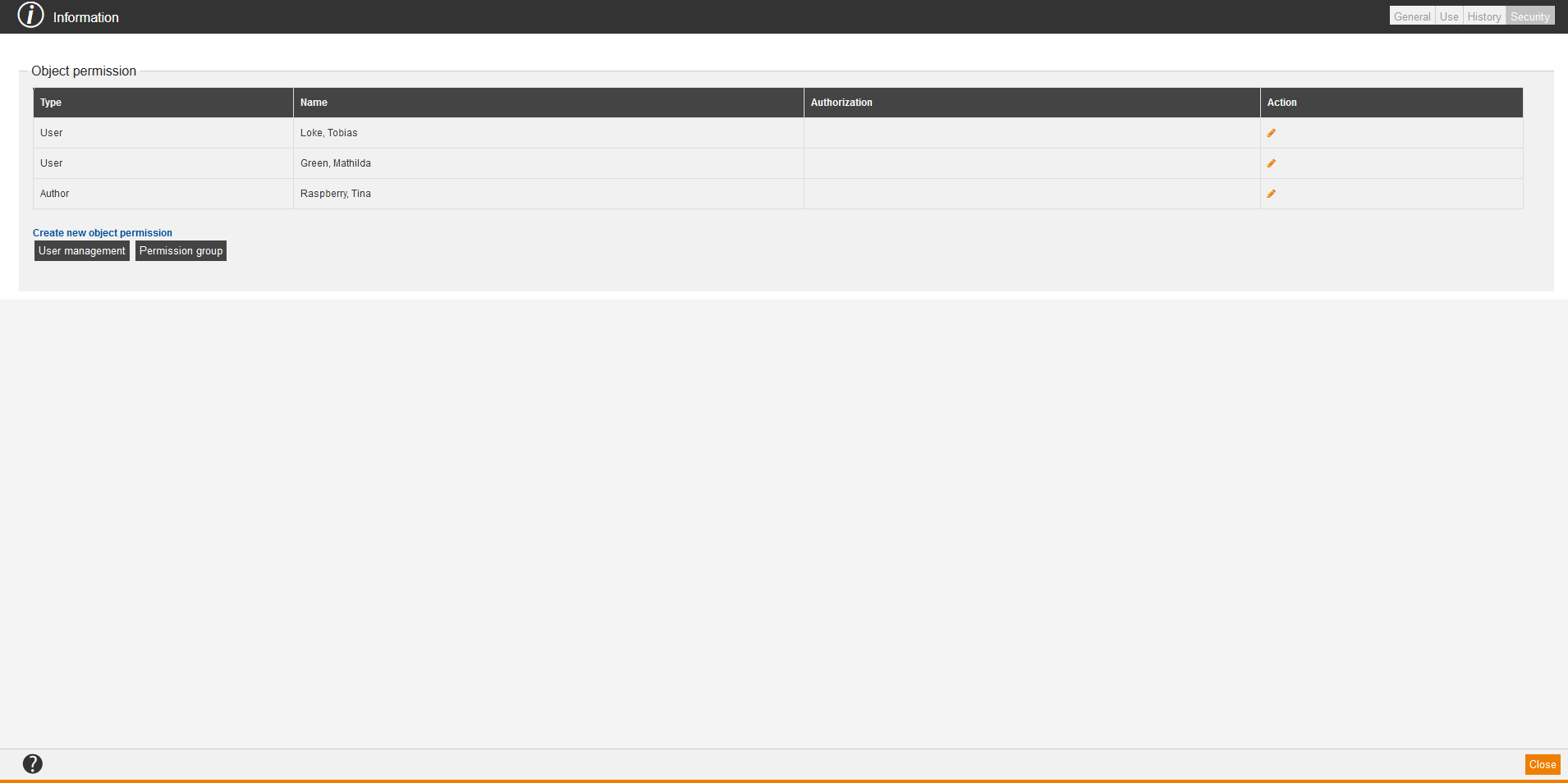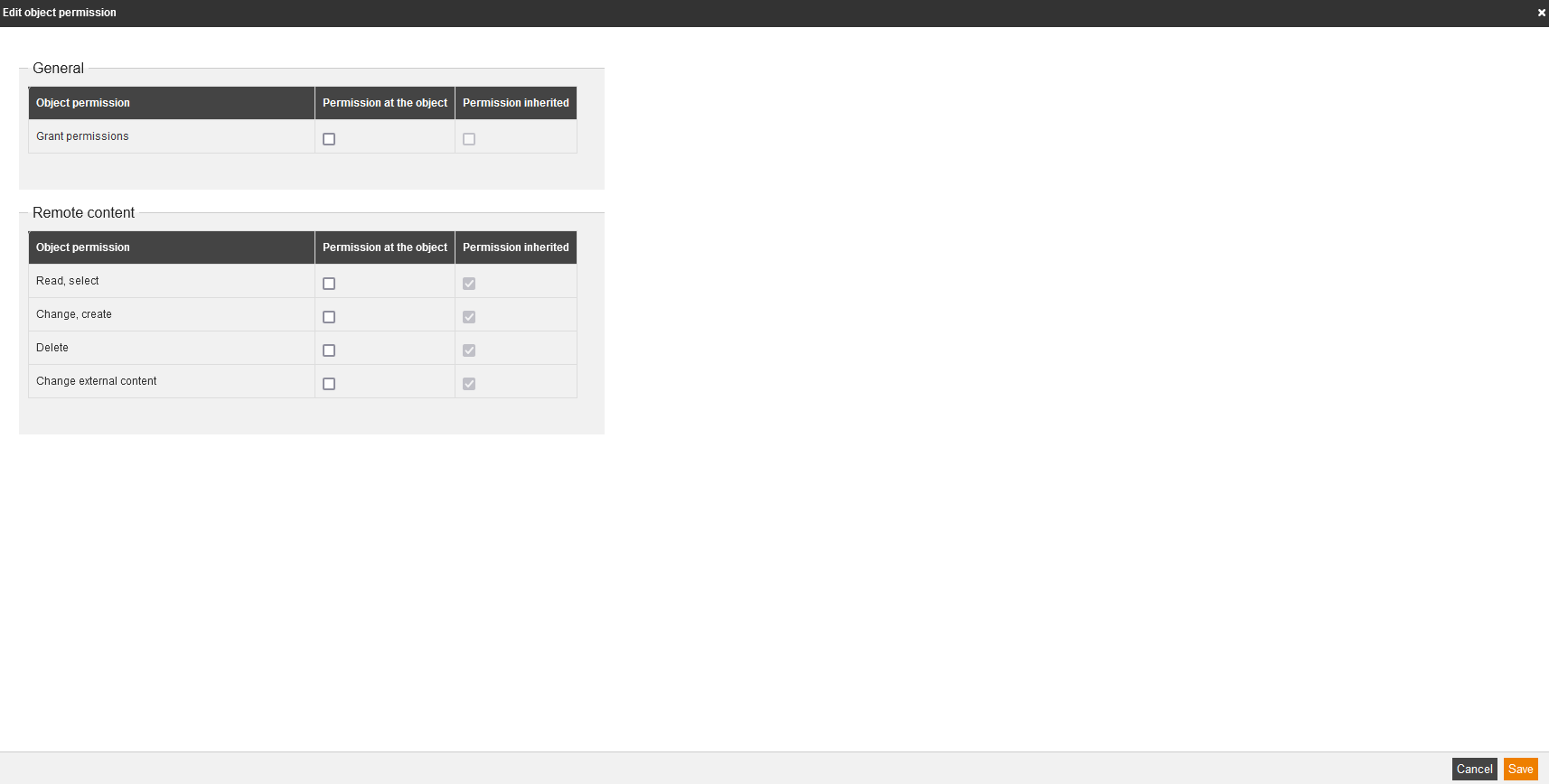New remote content
If you choose New remote content in the context menu of the appropriate remote content, the Remote content wizard for creating a new remote content opens.
Edit
If you choose Edit in the context menu of the appropriate remote content, the Remote content wizard for editing the remote content opens.
Delete
If you choose Delete in the context menu of the appropriate remote content the dialog window Delete for deleting the remote content opens. Then you click on the button Delete.
Information
If you choose Information in the context menu of the appropriate remote content, the dialog window Information with the tabs General, Use, History and Security opens.
General
Use
On the tab Use you find information regarding:
- Type,
- Path,
- Title and
- External reference.
History
Security
You can define the object permissions for a user (author, user or team leader) or a permission group on the tab Security. Therefore click the button User management to select single users and to assign object permissions to them or you click the button Group permission to select a permission group and to assign object permissions to it. You can grant the following object permissions:
- General
- Grant permissions (object permission)
- Remote content
Finally, you click the button Save.
To edit the object permissions later, you click the Pencil, set or deactivate the corresponding check marks and click the button Save. If you click the Pencil, you also see the permissions inherited.
